Photo



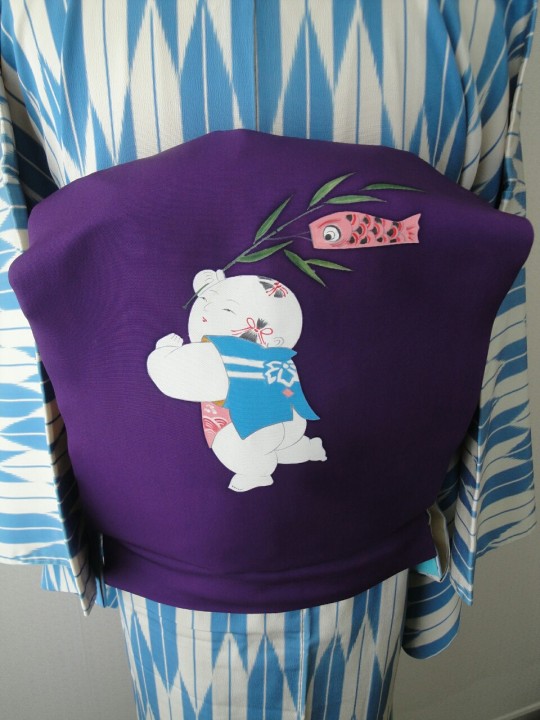
I put together an ensemble to celebrate Children's Day (Kodomo no Hi) which is celebrated every year on May 5th in Japan and South Korea. Powder blue yabane (arrow feathers) komon, rich purple nagoya obi with handpainted karako (traditional child motif). The cute little guy is running with a koinobori (carp flag) on a willow branch. Finished off with a toy tiger obidome made from a scrap of vintage silk. Haneri, dateeri, obiage and obijime all in cream, grey and pink for subtle texture. (All from the pesonal collection of Ai no Kimono)
105 notes
·
View notes
Photo

From my collection of brooch-obidome ♡ (Ai no Kimono)
19 notes
·
View notes
Photo
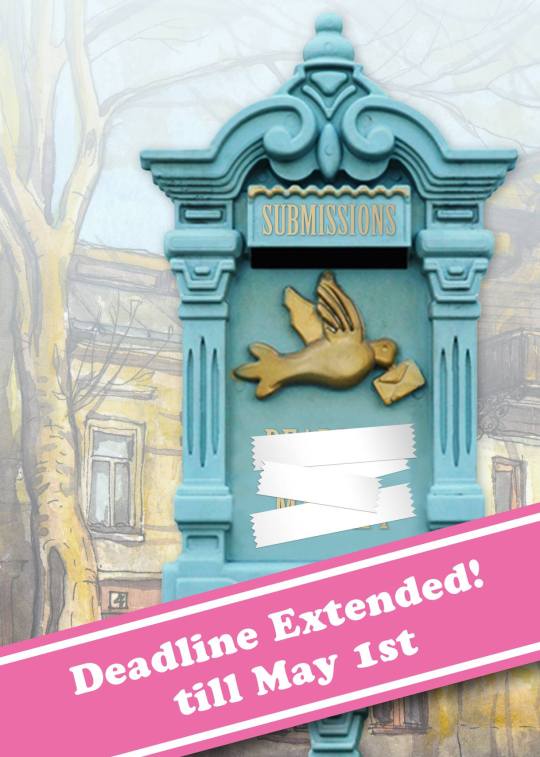
Hello Kimonolicious people out there! Due to many requests, we have decided to extend our photo submissions for the next volume with 2 more months.
The closing date is now May 1st! We want to thank everyone for their hard work so far, because we received many fabulous and amazing photos \(^o^)/
So grab your kimono and start making some kimonolicious photos today!
10 notes
·
View notes
Photo

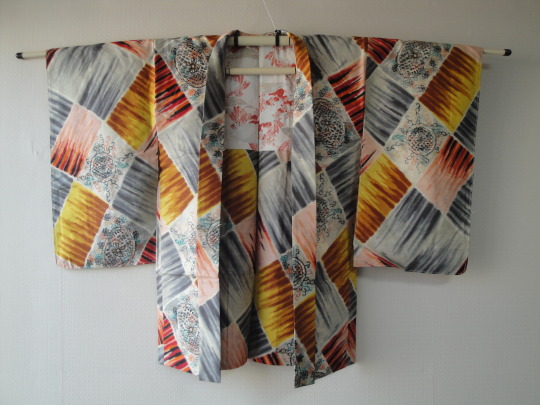
Well, after having just gotten over being beside myself at finding this meisen pattern in a kimono, I seem to have stumbled upon (and snatched from the clutches of another bidder - sorrynotsorry) a haori version!! I’ve done this before with my meisen sattelite set, so either I’m really lucky or I have a highly specialized skill-set LOL Woo-hoo! (Isesaki meisen silk haori, 1954/Showa29. From the personal collection of Ai no Kimono)
6 notes
·
View notes
Photo
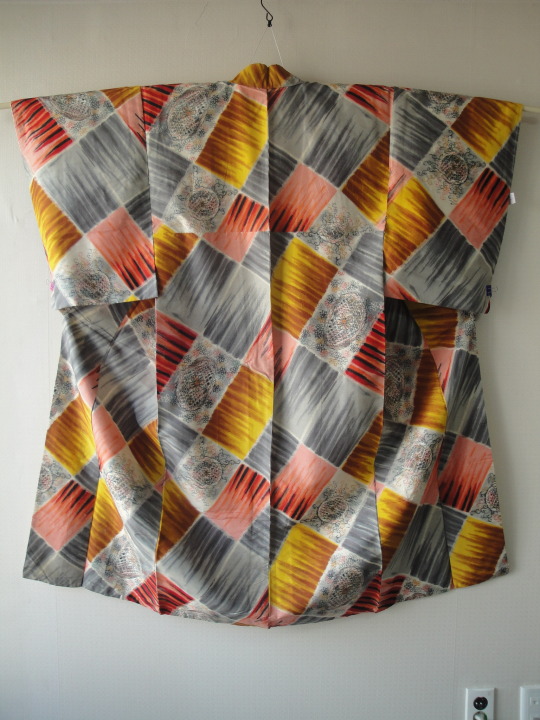

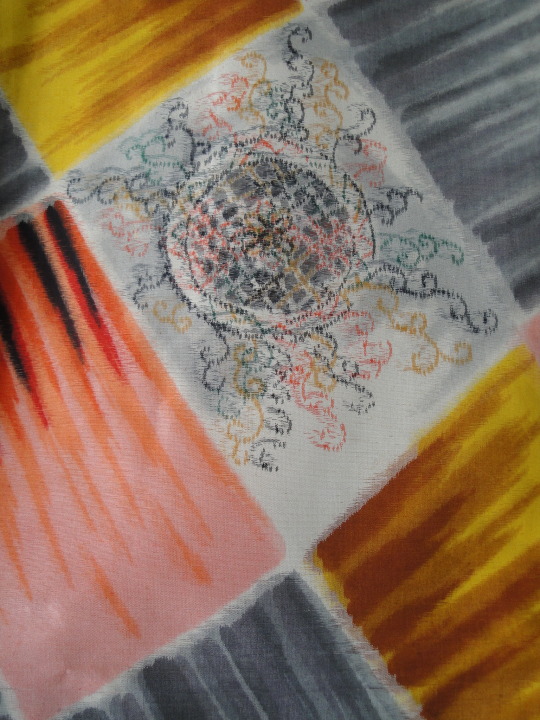
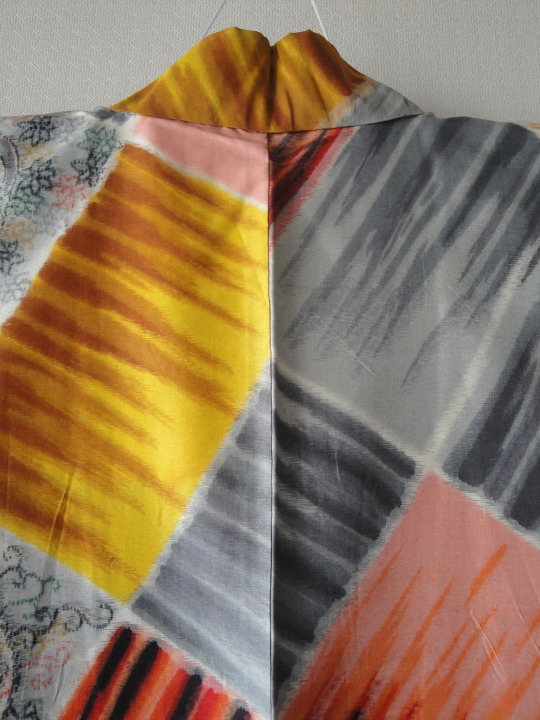
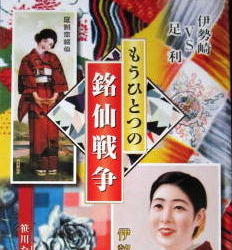
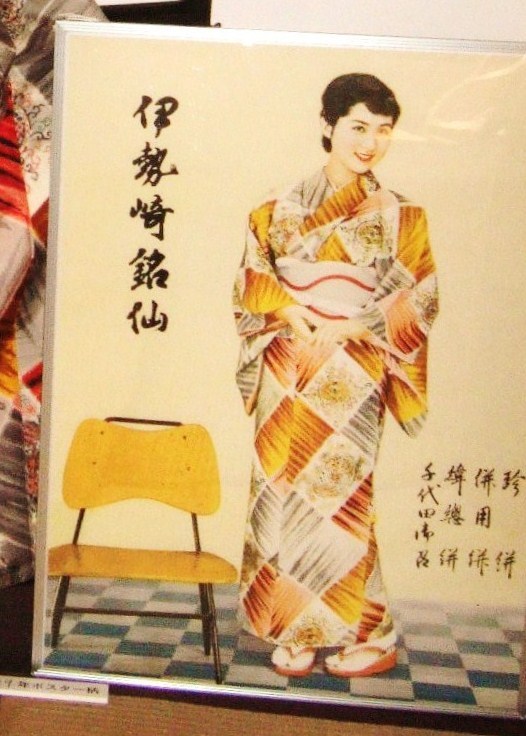
My latest meisen lovely~^^ I’m particularly excited about this one because it is a rather well-documented pattern from Isesaki, one of the major meisen-producing cities. It is featured on the cover of 「伊勢崎VS足利 もうひとつの銘仙戦争」 Isesaki VS Ashikaga: Another Meisen Battle and on the 1954 (昭和29年) Isesaki meisen poster. It is rare that one can pinpoint a kimono to the exact year it was produced, so this is a pretty (literally) cool find. (Isesaki meisen silk kimono, 1954 (Showa 29). From the personal collection of Ai no Kimono)
14 notes
·
View notes
Photo

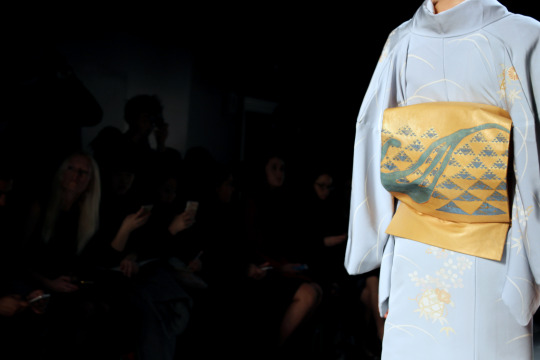
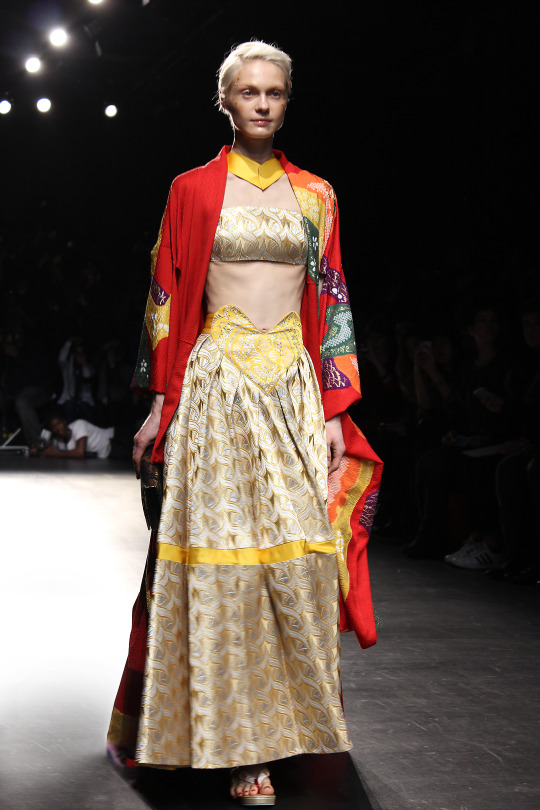

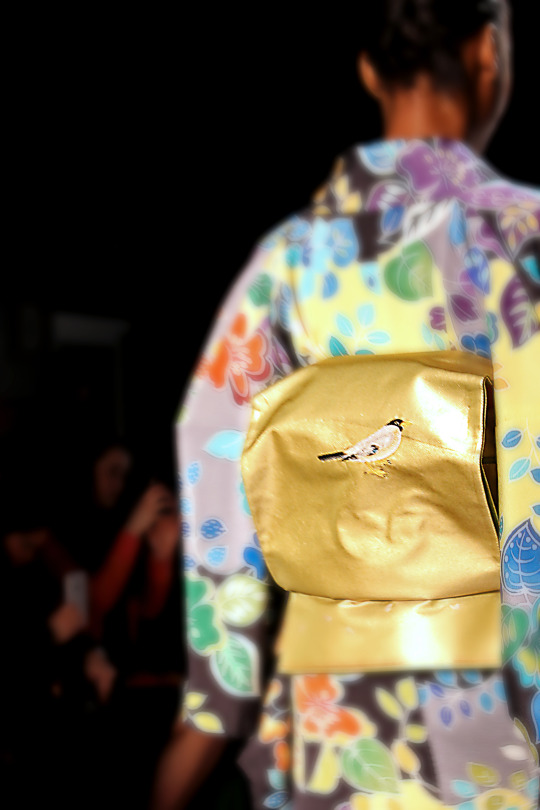
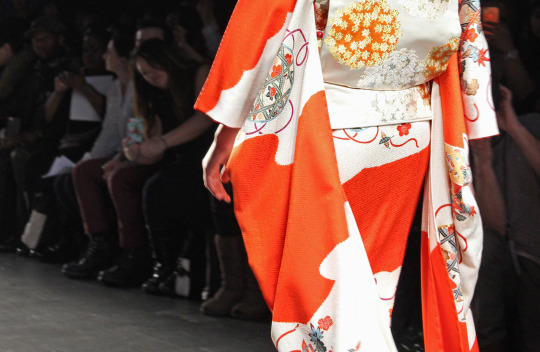
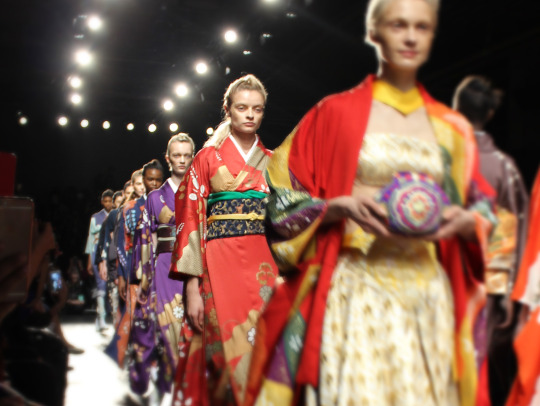
I attended Hiromi Asai’s kimono fashion show at New York Fashion week and had an amazing time taking these photos!
380 notes
·
View notes
Photo



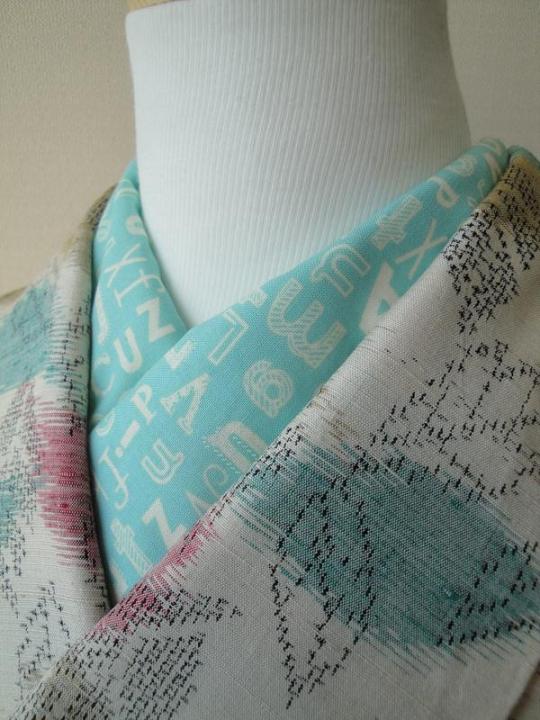





New haneri added to the webshop! Handmade by Ai no Kimono, from 100% cotton in cool, cute and whimsical patterns. Check out all the designs and choose your favorite(s)! https://ainokimono.com/collections/shoes-accessories
198 notes
·
View notes
Photo

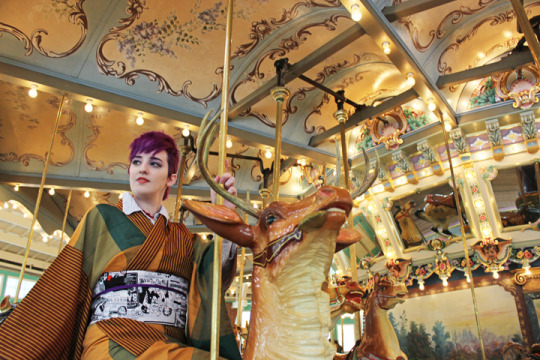



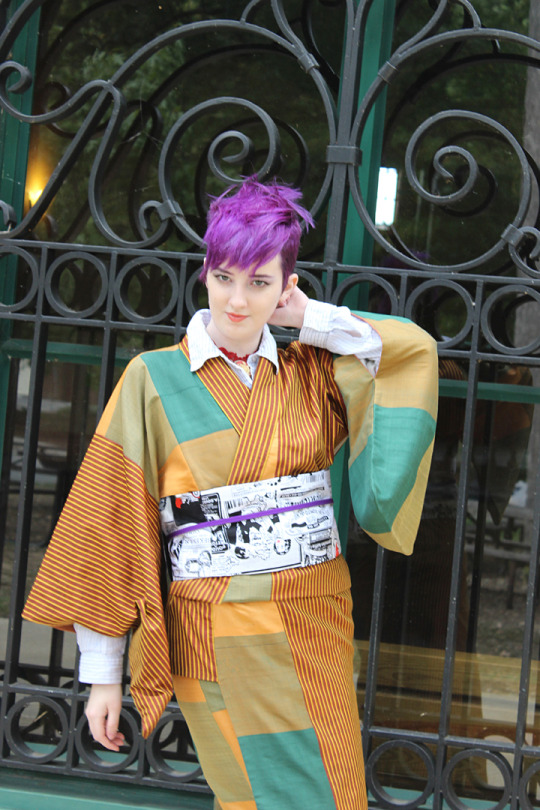

Carousels and kimono, and lions, oh my! <3 I had lots of fun with the Travelling Kimono! https://www.facebook.com/TravellingKimono2
45 notes
·
View notes
Photo

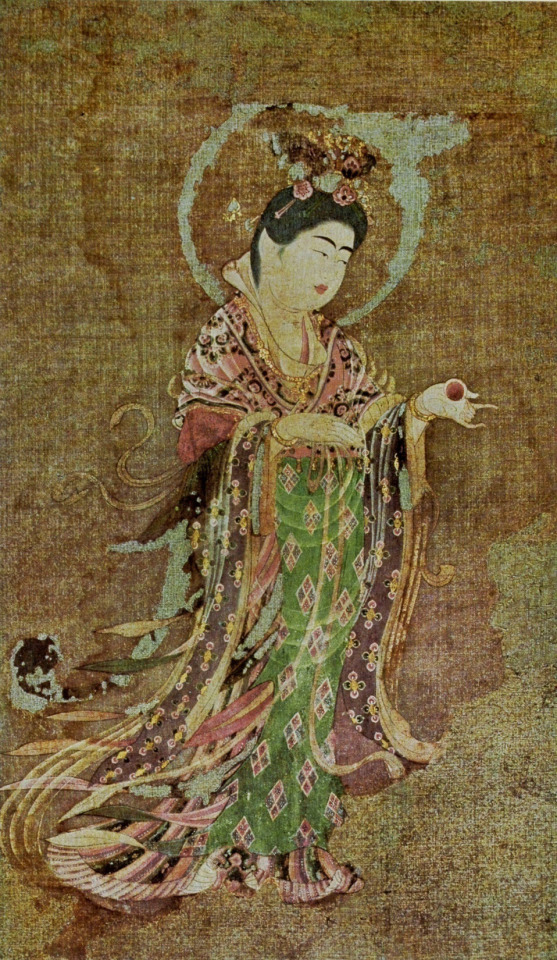
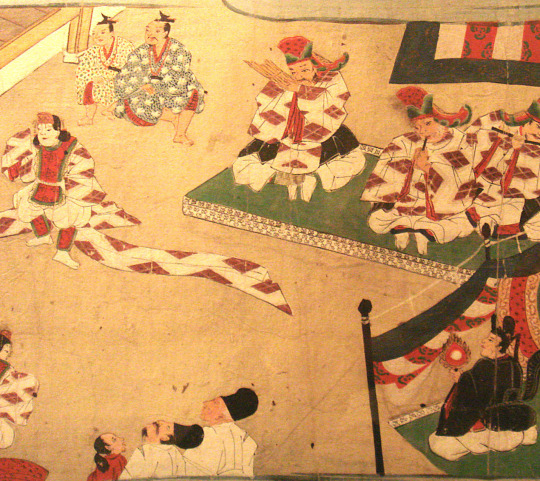

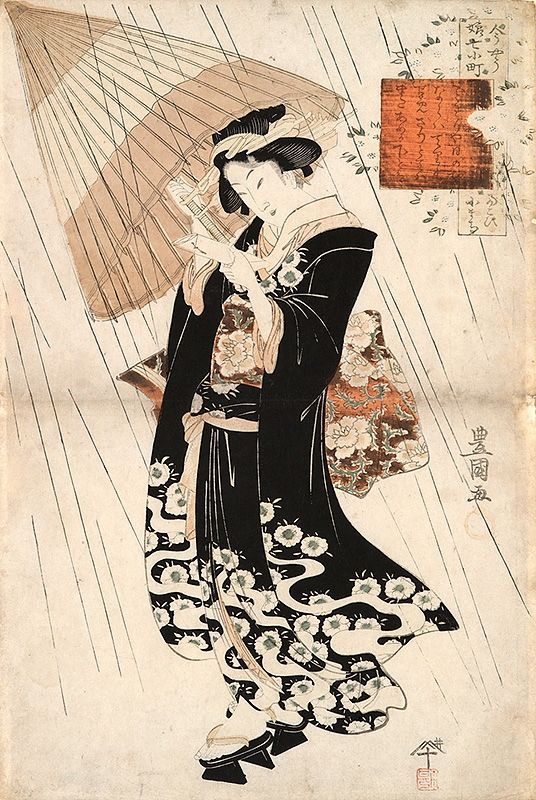
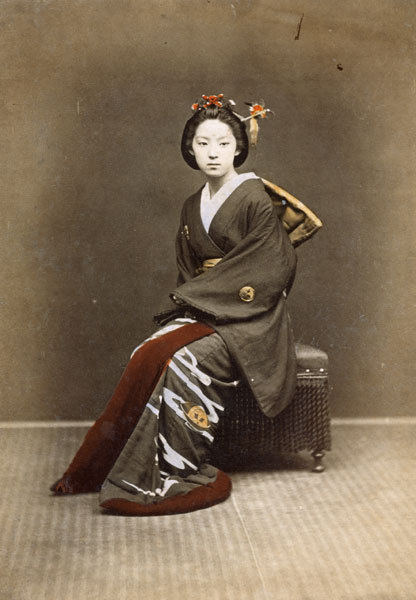
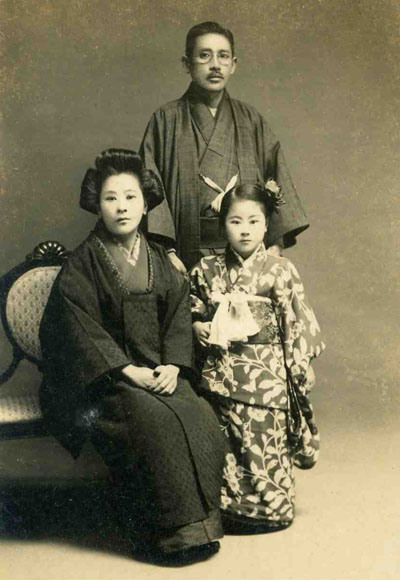
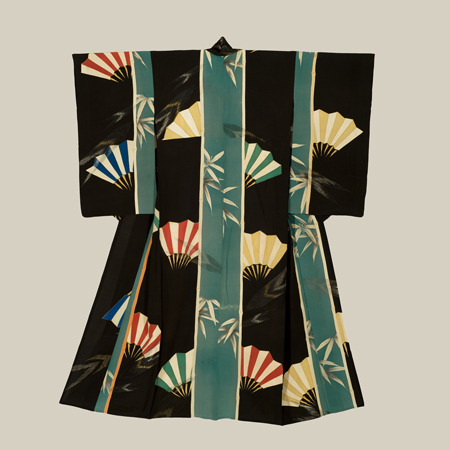
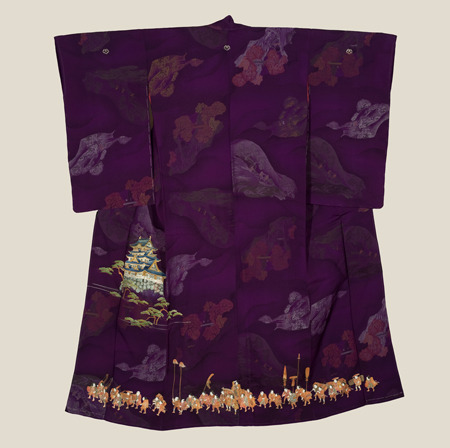
TGIFRIDAY FASHION FACT! I’m very excited about today’s topic. The vast majority of the questions I receive are about Western fashion, but this week we’re focusing on the opposite side of the globe and talking about kimonos! Kimono’s are fascinating garments. They are among the world’s most iconic pieces, largely due to the fact that they have remained relatively unchanged for several hundreds of years. So when and how did kimonos get their start?
To start with, “kimono” used to serve as a general term for clothing, not meaning the specific garment until the 18th Century. What we think of now as kimonos actually have several different names, depending on the style. Kimonos today are thought of as a Japanese fashion, but in fact they got their start in China. In ancient China, robes were very common among both men and women. They had the same cross-front closure as kimonos today. Robes were layered upon robes, and wrapped in various skirts and sashes.
The beginnings of the kimono robe actually started as a base robe for these other dressings. In other words, it started out as an undergarment. It had tighter sleeves and was long, while the top robes had very wide sleeves and were often shorter, though this would be covered by the skirts. In the early days of Japan, starting in about 300 BC, there was a strong influence by China on many aspects of Japanese life, from clothing, to art, to farming. This influence waxed and waned for many centuries, interspersed with eras of Japanese isolation.
It was during these times that the Japanese kimono developed apart from the Chinese garments. Around the 9th Century, during the Heian period, separate short robe and skirt combinations faded from style, and long robes took their place (though a half apron was still worn over this.) With this long robe now exposed, fabrics changed from basic linens to rich silks, often with elaborate woodblock printed designs, for those who could afford it. In this era, an excess of fabric was popular, with sleeves expanding to vast lengths and widths, and hems often pooling on the floor. This was also the time when kimonos began to be constructed out of straight pieces of fabric, not fitted specifically to the wearer.
Though this overabundance of fabric faded, hemlines, sleeve lengths, and overall widths of kimonos fluctuated over the next several centuries. In the 14th Century Muromachi period, the kosode robe, formerly the under-robe, became outerwear, and the wide hakama pants (or bifurcated skirt) once worn under the outer-robes were abandoned. This is when the obi was adopted- the long band of fabric wrapped around the waist like a belt. Tying an obi is almost an art form. There are various styles of tying, but with a length of well over 10ft long, it is always complicated.
During the 17th Century (the Edo period,) differences between men’s and women’s cuts became more apparent, with women having longer sleeves and hemlines. The style of kimonos developed during this era are the styles that remain traditional today. Various fabric patterns, colors, and embroidery have been popular throughout the years, and there are some differences between formal and everyday kimonos.
In the mid 19th Century Meiji period, there began to be a strong Western influence in Japan. Western wear was seen as more convenient, particularly trousers, which were easier to move in. The push of Western styles got so extreme that laws were instated requiring government officials to wear Western dress at formal events. Though the laws were ultimately retracted, this government push of Western-wear had a large impact on the downfall of kimonos. Today, kimonos are mainly just seen at formal events or traditional ceremonies. They’ve endured for so many centuries, though, it is hard to imagine that they will ever fade away completely.
Want to learn more about kimonos? Check out these books:
The Story of the Kimono, by Jill Liddell
Kimono: Fashioning Culture, by Liza Dalby
Have a question about fashion history that you want answered in the next FRIDAY FASHION FACT? Just click the ASK button at the top of the page!
606 notes
·
View notes
Photo
Totoro-chan is having a wonderful time in his new home! I always love to see your creative kitsuke coordination - can't wait to see the next one!
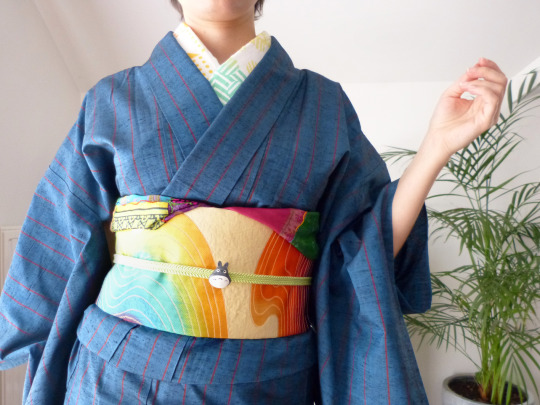
Personnal collection : Blue tsumugi kimono with red stripes / rainbow waves nagoya obi / (poorly tied) silk scarf for obiage / batik tenugui for haneri / lime obijime with Totoro obidome
(I had not worn kimono in a looong time, it felt good! I had nearly forgotten how nicely crisp tsumugi silk is. The super cute Totoro obidome comes from Ai no kimono. I just love it <3
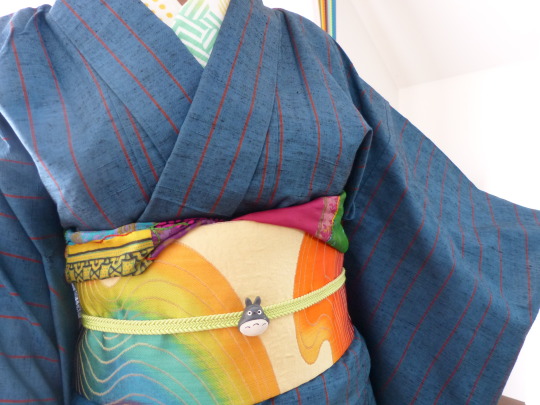
131 notes
·
View notes
Photo

Hear ye, hear ye! Dear Hime ladies & Ōji Gents, we have some exciting news. Would you love to be in the next Go Hime volume? Then we are looking for you!
Please check our website for the rules and guidelines:
http://www.gohimemagazine.com/
46 notes
·
View notes
Photo

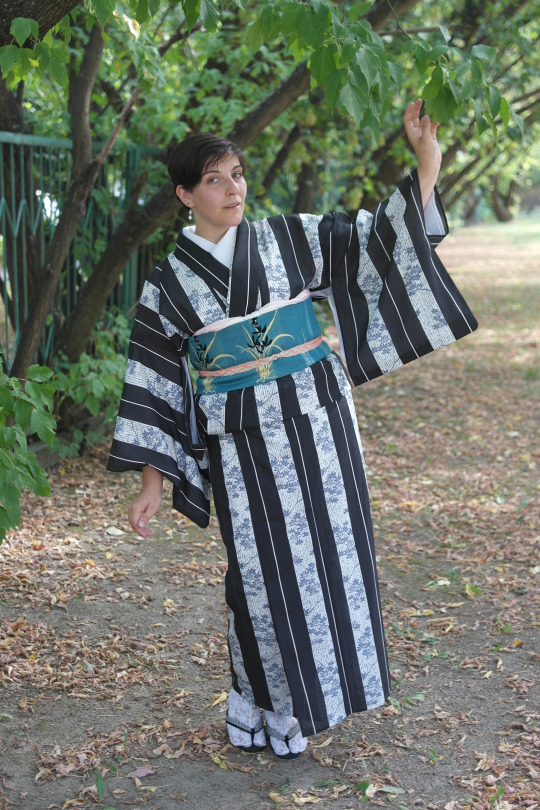
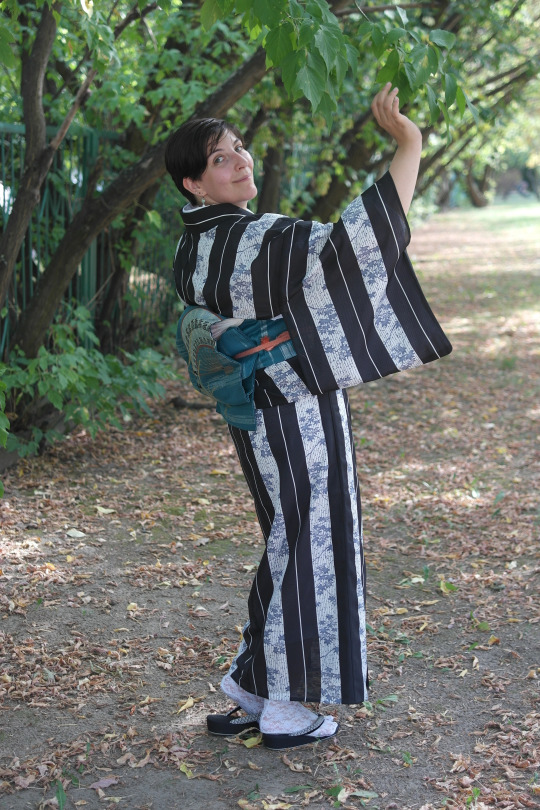
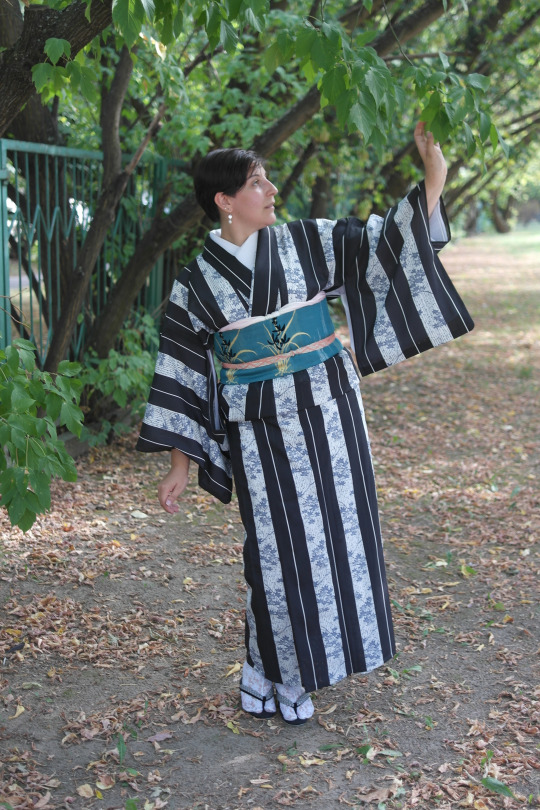
Photos of the last summertime kitsuke
Silk maple ro
Antique sha iris obi
28 notes
·
View notes
Photo
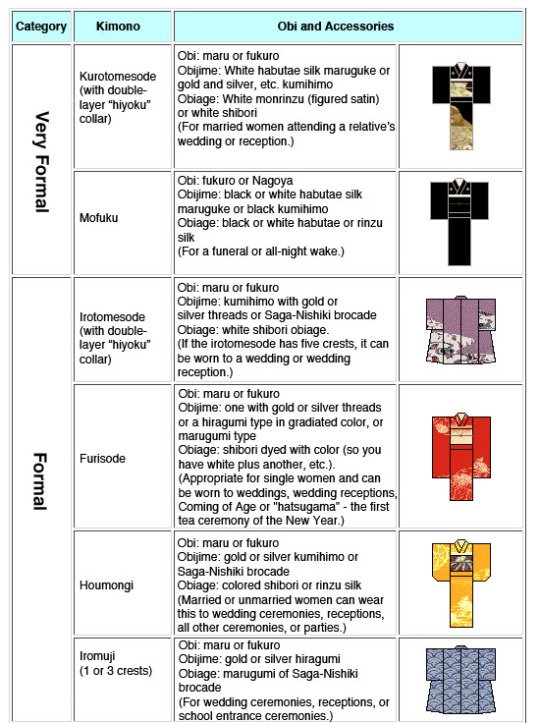
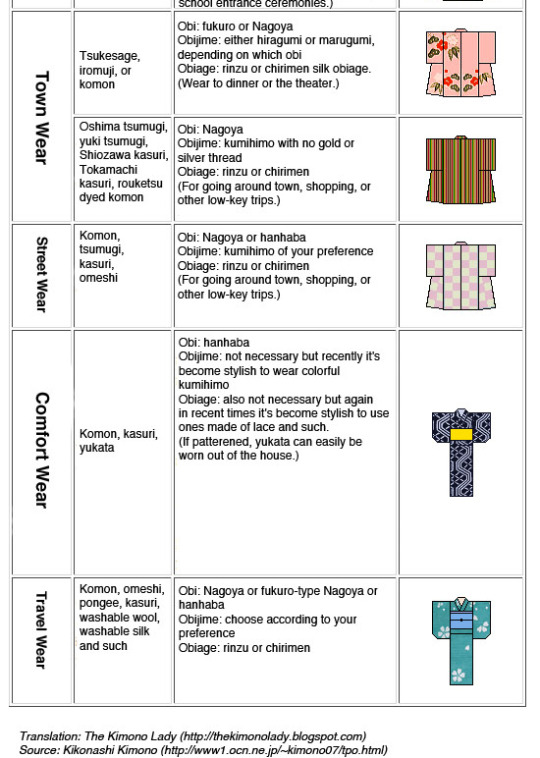
Different types of kimono.
7K notes
·
View notes
Photo
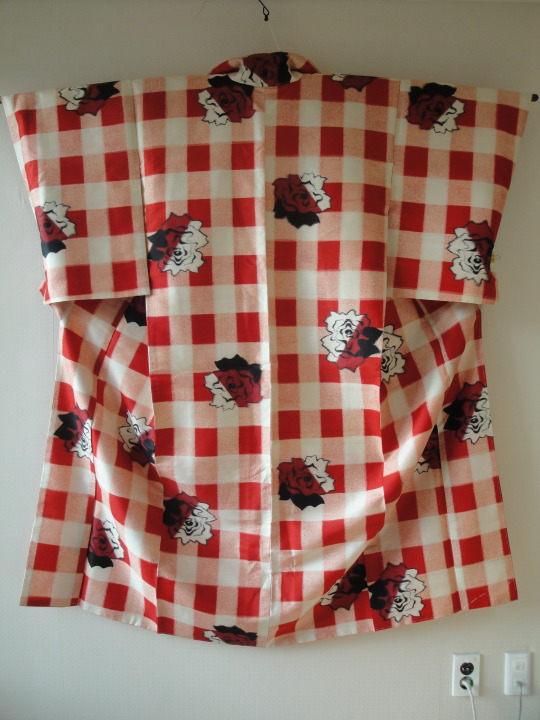
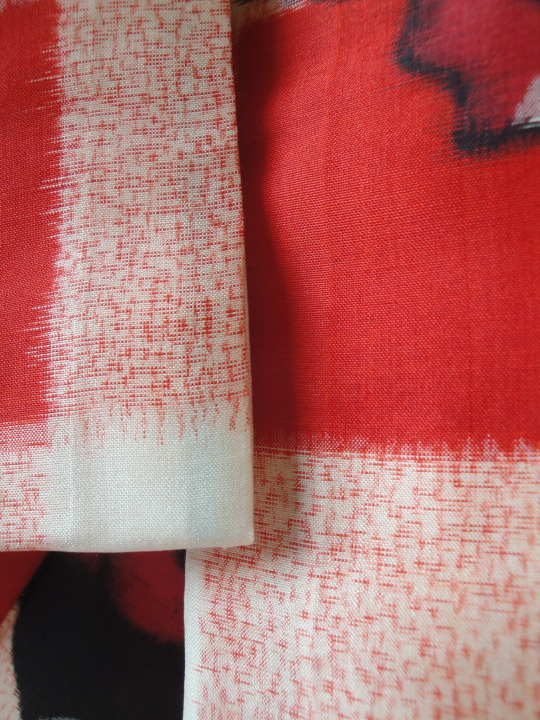

The perfect souvenir from Kyoto - a lovely rose and checks meisen komon! I’m all about bargains, but when this beauty presented itself, there was no way it was going to become ‘one that got away.’ Definitely worth every yen! (Early Showa silk komon, from the collection of Ai no Kimono)
33 notes
·
View notes
Photo


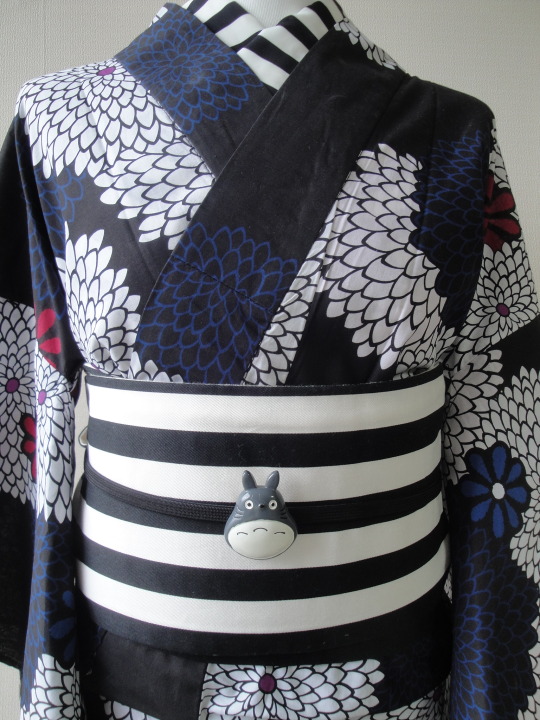
Decided on my yukata outfit for 2015! Elegant and modern in black, blue and white :D Yukata with mums, striped hanhaba obi and haneri, and cool geta all from Kimono Sendaiya @ Rakuten. Kitty-chan and Totoro obidome by me! (From the personal collection of Ai no Kimono)
41 notes
·
View notes
Photo
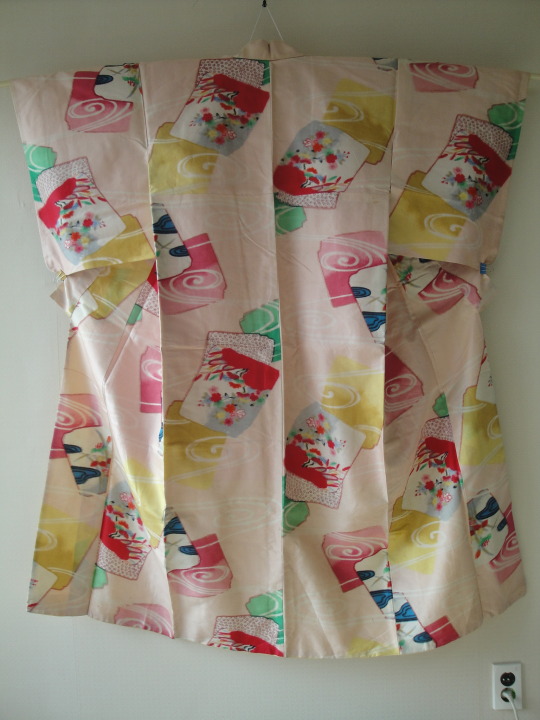

The very latest addition to my collection: a super-kawaii pink meisen komon with flowery shikishi (paper cards) and flowing water - perfect for spring! (From the collection of Ai no Kimono)
12 notes
·
View notes
